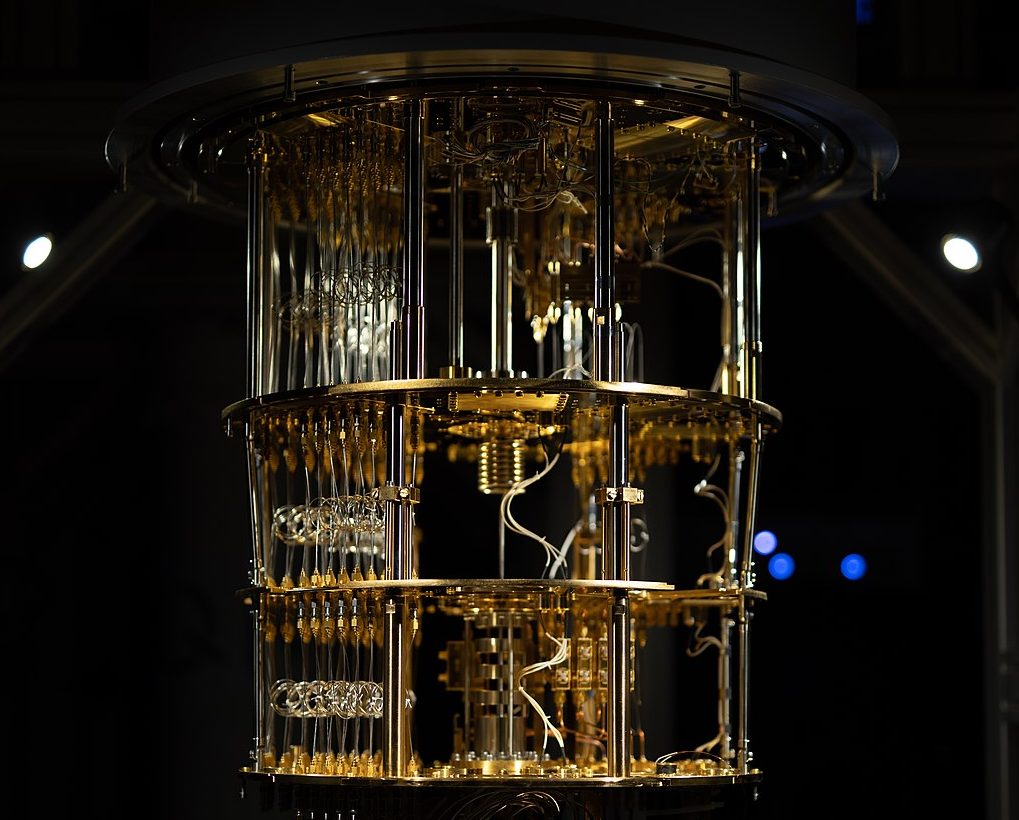t seems like everyone should be concerned, based on the level of urgency the companies present, but in the end, no one has yet built a quantum computer capable of breaking even the most standard 256-bit encryption. To that statement, the industry responds with, “Yet.”
This year, however, the National Institute of Standards and Technology (NIST) issued the first, approved algorithm standards to produce encryptions capable of fighting off quantum computing attacks. So we thought it would be a good idea to put together a batch of experts to explain why the rest of us should care.
The invitation was put out to a dozen experts in the PQC industry, but also to the companies tasked with implementing their products into the internet. Unfortunately, none of the PQC companies ended up accepting the invitation when they learned they would on the same platform discussing their approaches. But we did get acceptances from representatives from the other group. Our final panel was Karl Holqvist, CEO of of Lastwall;; Tim Hollebeek, industry strategist for Digicert; and Murali Palanisamy, chief solutions officer of AppviewX.
The three companies both compete with and complement each other services, but all were active in the development of the standards with NIST. Our conversation is available on our podcast Crucial Tech.
However, there are still questions regarding the urgency, timing, and whether the introduction of quantum computing on an encryption-busting level is even possible in the near future.
The rest of this story is available with a subscription only.


